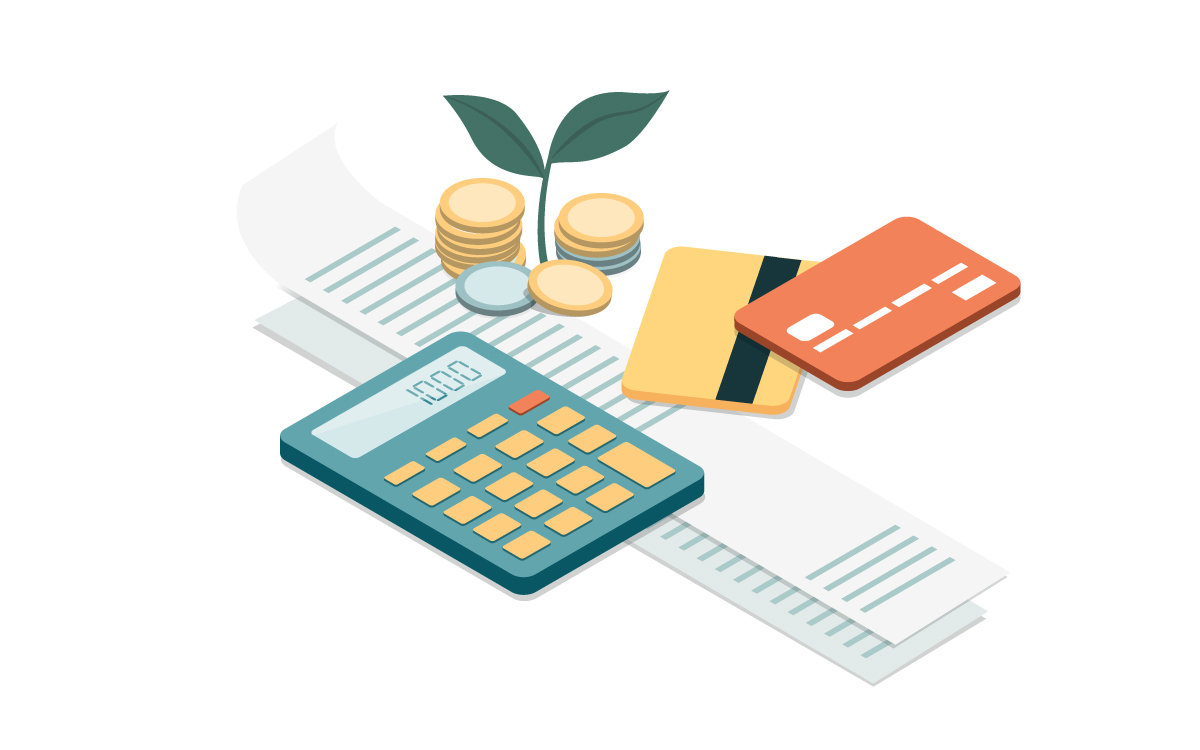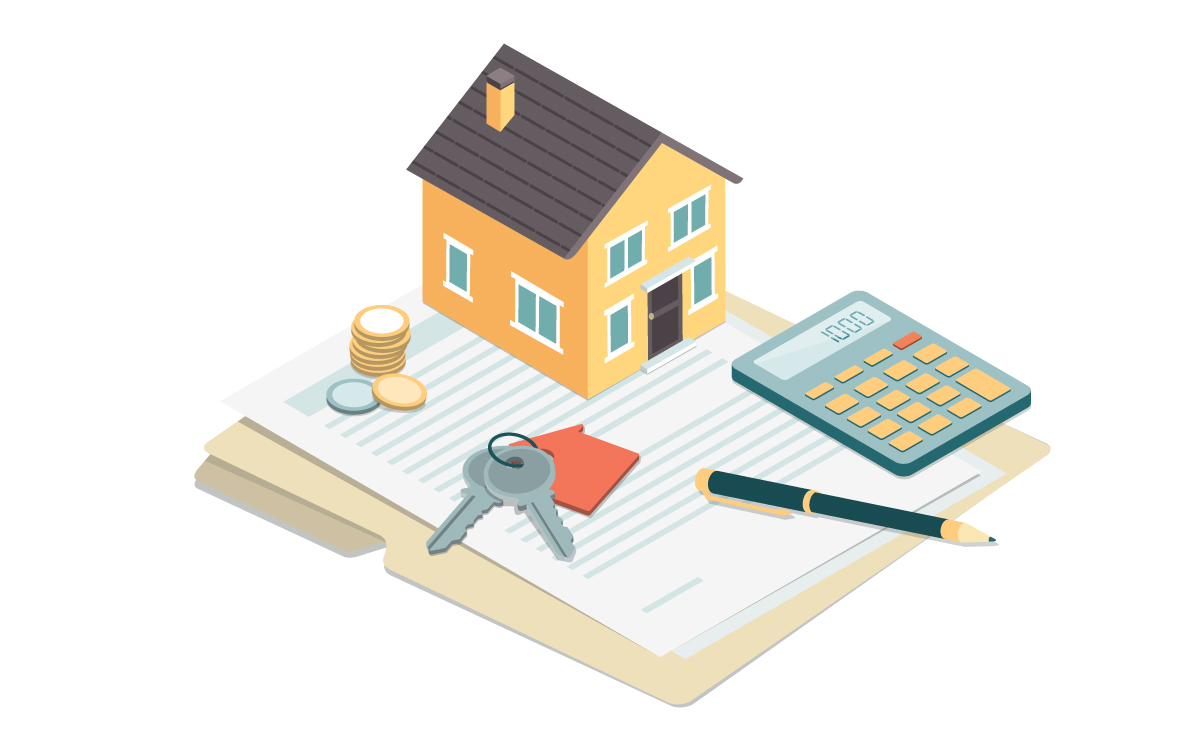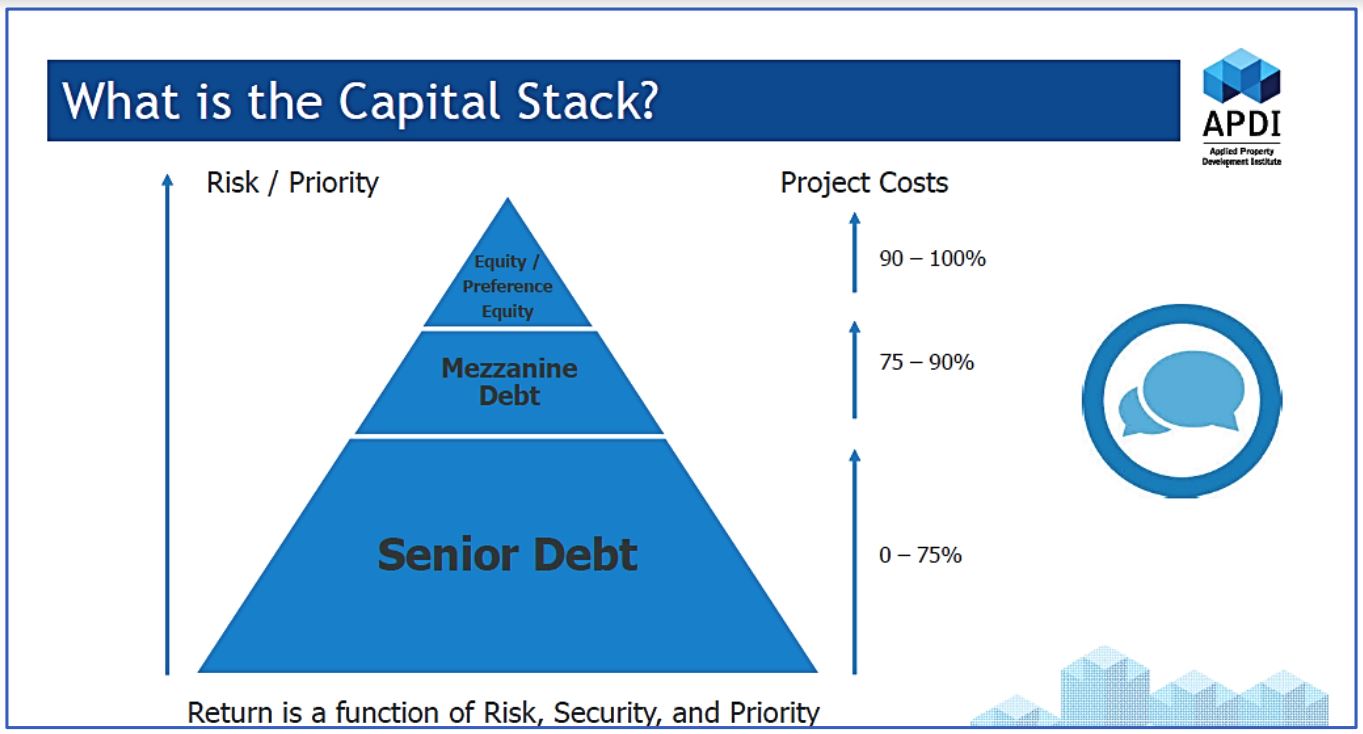At a financial level, the same principles of risk and return still apply.
Every developer, even the most well-heeled, has a limited pool of capital to work with.
In industry parlance, this is referred to as equity, however in layman’s terms, we’re talking about cash...cold, hard, CASH!
There is always pressure on property developers to use their equity in a way that optimises the return on this capital. This is referred to as the return on equity (ROE).
However, nearly all property developers use leverage (a.k.a. DEBT) to boost their return on equity.
For example, let’s assume a project’s TOTAL COST is $10 million.
Typically, a property developer will fund 25% of this cost ($2.5m) with equity and the balance ($7.5m) would be funded by a financier, typically a bank.
The way that the total funding (equity plus debt = $10m) is structured is referred to as the capital stack (refer to the image below)












